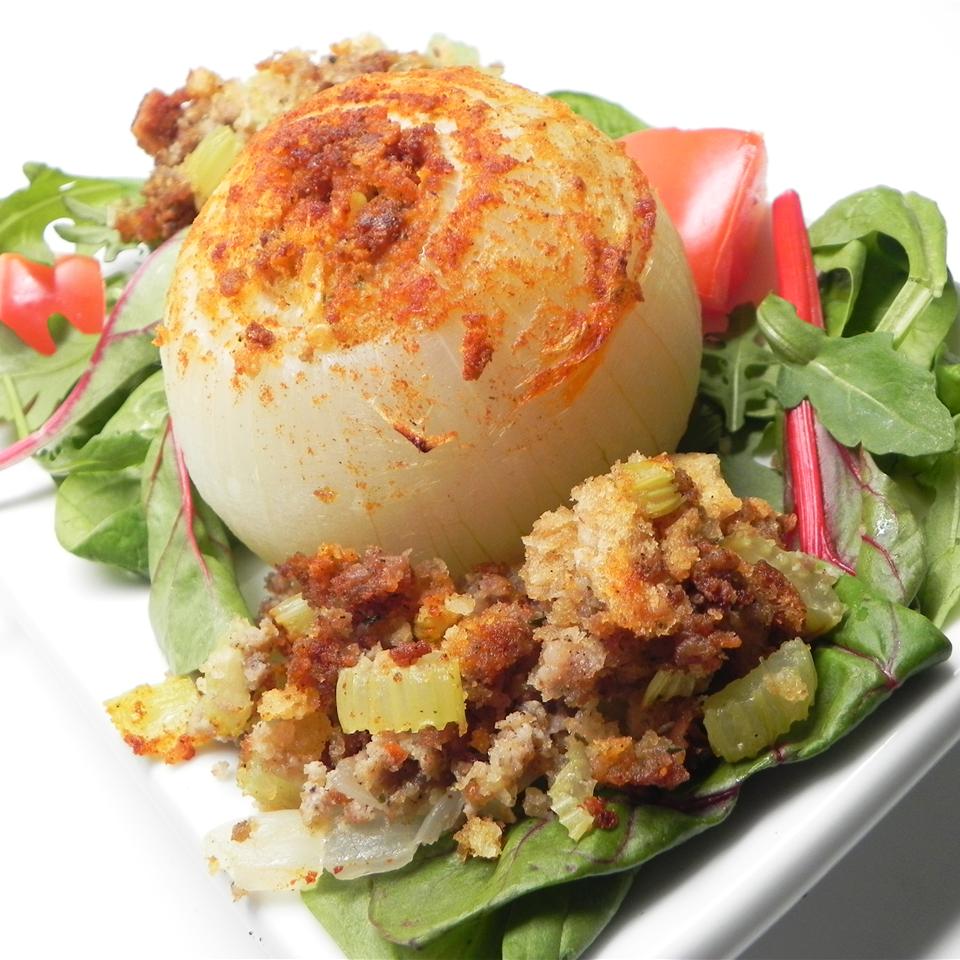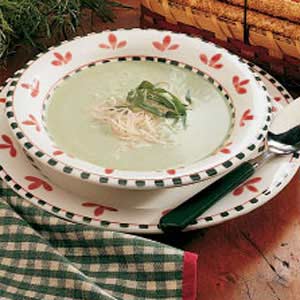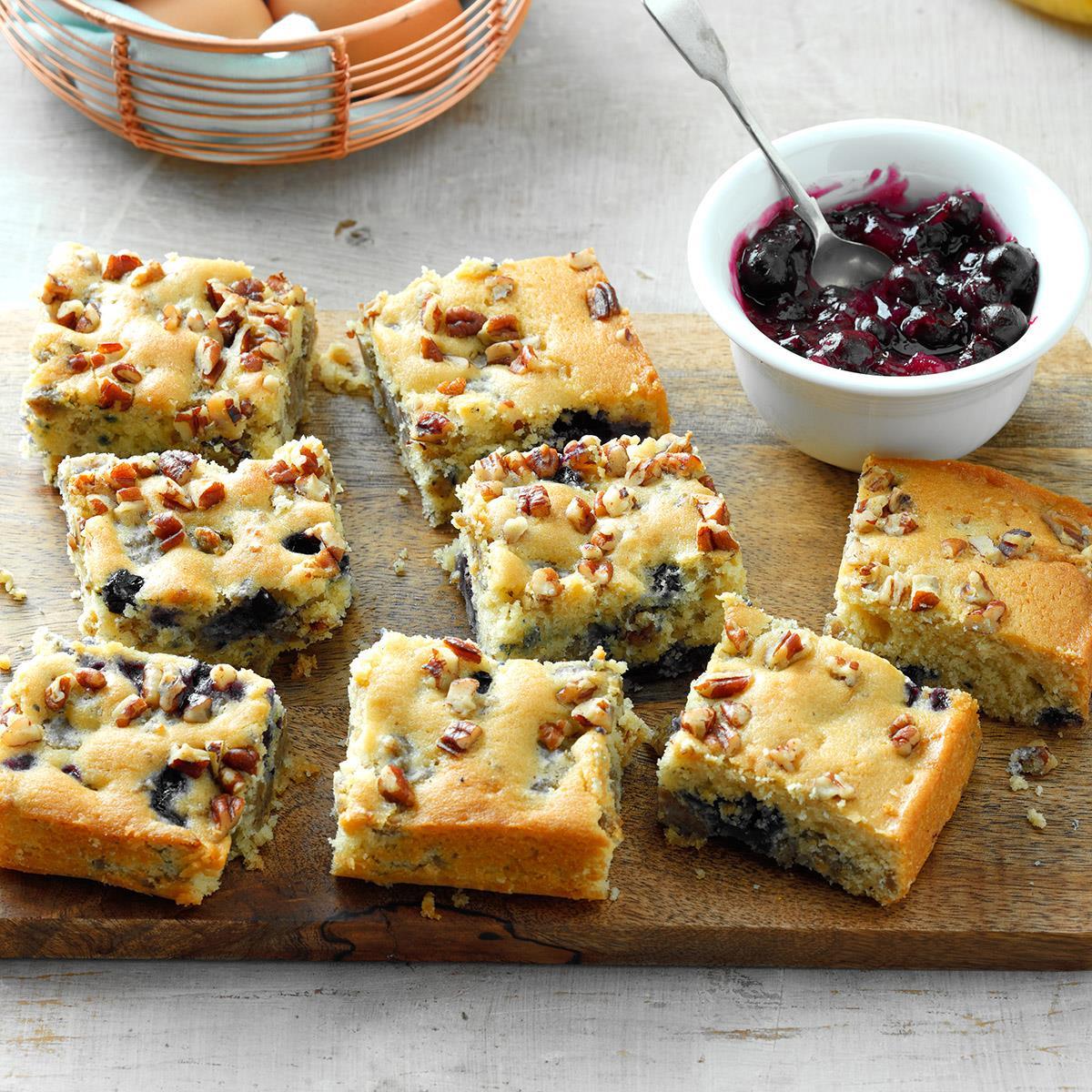Bagels, with their chewy texture and distinctive flavor, have become a beloved breakfast staple around the world. Originating from Jewish communities in Poland, these ring-shaped delicacies have conquered taste buds with their soft and slightly tangy interiors, often adorned with toppings like sesame seeds, poppy seeds, or garlic. In this article, we present a comprehensive guide to creating authentic homemade bagels, encompassing various recipes that cater to different dietary preferences and flavor profiles. From the classic New York-style bagel to the wholesome whole wheat variation, from the indulgent cinnamon-raisin bagel to the savory onion bagel, these recipes are designed to satisfy every bagel enthusiast. Whether you're a seasoned baker or just starting your culinary journey, let's embark on this bagel-making adventure and discover the secrets behind these iconic treats.
Here are our top 2 tried and tested recipes!
REAL HOMEMADE BAGELS
A recipe for that authentic bagel flavor and texture.
Provided by PLAWHON
Categories Bread Yeast Bread Recipes Bagel Recipes
Time 3h20m
Yield 6
Number Of Ingredients 12
Steps:
- Combine 1 1/4 cup water, flour, sugar, 1 teaspoon salt, vegetable oil, and yeast in the mixing bowl of a stand mixer. Mix on low speed using the dough hook until well-developed, about 8 minutes. To ensure the gluten has developed fully, cut off a walnut-sized piece of dough. Flour your fingers, and then stretch the dough: if it tears immediately, the dough needs more kneading. Fully developed dough should form a thin translucent "windowpane."
- Transfer the dough to a lightly oiled bowl, cover it with plastic wrap and a kitchen towel, and let rise for 2 hours.
- Punch the dough down, place it on a lightly floured work surface, and use a knife or dough scraper to divide the dough into 6 pieces (or more, for smaller bagels). Roll each piece of dough into a sausage shape about 6 inches long. Join the ends to form a circle. Repeat with the remaining dough, and let the bagels rest for 15 minutes.
- Preheat oven to 475 degrees F (245 degrees C). Line a baking sheet with parchment paper. Arrange small plates with poppy seeds, sesame seeds, and onion flakes next to the baking sheet.
- Bring 4 quarts water to a boil in a large pot. Add honey, if desired (see Editor's Note). Boil the bagels, three at a time, until they rise to the surface of the pot, about 1 minute per side. Remove the bagels with a slotted spoon and place them on the parchment-lined baking sheet.
- Dip the tops of the wet bagels into the toppings and arrange them, seeds up, on the baking sheet. Sprinkle with coarse salt, if desired. Bake in the preheated oven until the bagels begin to brown, 15 to 20 minutes.
Nutrition Facts : Calories 278.2 calories, Carbohydrate 55.9 g, Fat 7.4 g, Fiber 1.3 g, Protein 2.1 g, SaturatedFat 1.1 g, Sodium 1372.4 mg, Sugar 53.5 g
REAL HOMEMADE BAGELS [71]
![REAL HOMEMADE BAGELS [71] image](https://www.tfrecipes.com/img/not-available.jpg)
Steps:
- Combine 1 1/4 cup water, flour, sugar, 1 teaspoon salt, vegetable oil, and yeast in the mixing bowl of a stand mixer. Mix on low speed using the dough hook until well-developed, about 8 minutes. To ensure the gluten has developed fully, cut off a walnut-sized piece of dough. Flour your fingers, and then stretch the dough: if it tears immediately, the dough needs more kneading. Fully developed dough should form a thin translucent "windowpane." Transfer the dough to a lightly oiled bowl, cover it with plastic wrap and a kitchen towel, and let rise for 2 hours. Punch the dough down, place it on a lightly floured work surface, and use a knife or dough scraper to divide the dough into 6 pieces (or more, for smaller bagels). Roll each piece of dough into a sausage shape about 6 inches long. Join the ends to form a circle. Repeat with the remaining dough, and let the bagels rest for 15 minutes. Preheat oven to 475 degrees F (245 degrees C). Line a baking sheet with parchment paper. Arrange small plates with poppy seeds, sesame seeds, and onion flakes next to the baking sheet. Bring 4 quarts water to a boil in a large pot. Add honey, if desired (see Editor's Note). Boil the bagels, three at a time, until they rise to the surface of the pot, about 1 minute per side. Remove the bagels with a slotted spoon and place them on the parchment-lined baking sheet. Dip the tops of the wet bagels into the toppings and arrange them, seeds up, on the baking sheet. Sprinkle with coarse salt, if desired. Bake in the preheated oven until the bagels begin to brown, 15 to 20 minutes.
Tips:
- Use the right flour: Bread flour has a higher protein content than all-purpose flour, which helps to create a chewy bagel. All-purpose flour can also be used but result in a less chewy bagel.
- Dissolve the sugar in the warm water: This helps the yeast to activate and grow.
- Knead the dough until it is smooth and elastic: This helps to develop the gluten in the flour, which gives the bagel its chewy texture.
- Let the dough rise in a warm place: This allows the yeast to grow and produce carbon dioxide, which creates the holes in the bagel.
- Boil the bagels before baking them: This creates a shiny, crispy crust and a chewy interior.
- Bake the bagels until they are golden brown: This ensures that they are cooked through.
Conclusion:
Making homemade bagels is a rewarding experience, and with a little practice, you can create delicious bagels that are just as good as, if not better than, store-bought bagels. Be sure to follow the tips above to ensure that your bagels turn out perfectly.
Are you curently on diet or you just want to control your food's nutritions, ingredients? We will help you find recipes by cooking method, nutrition, ingredients...
Check it out »
You'll also love









